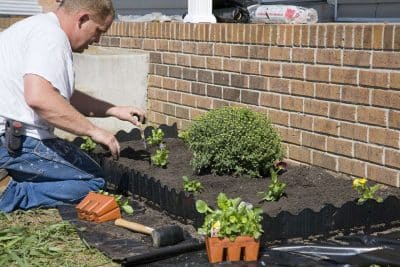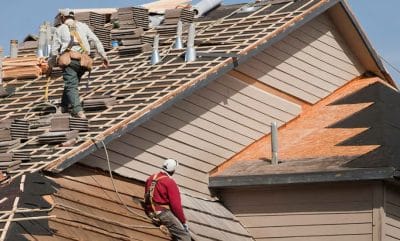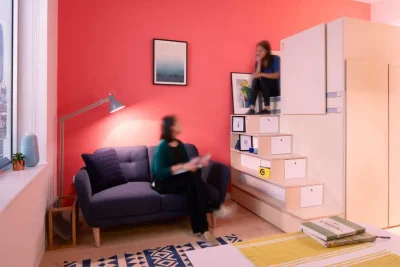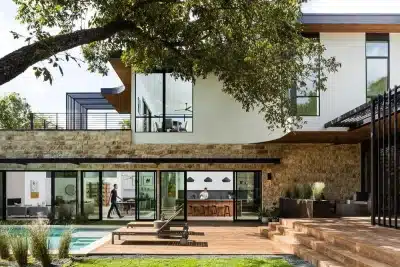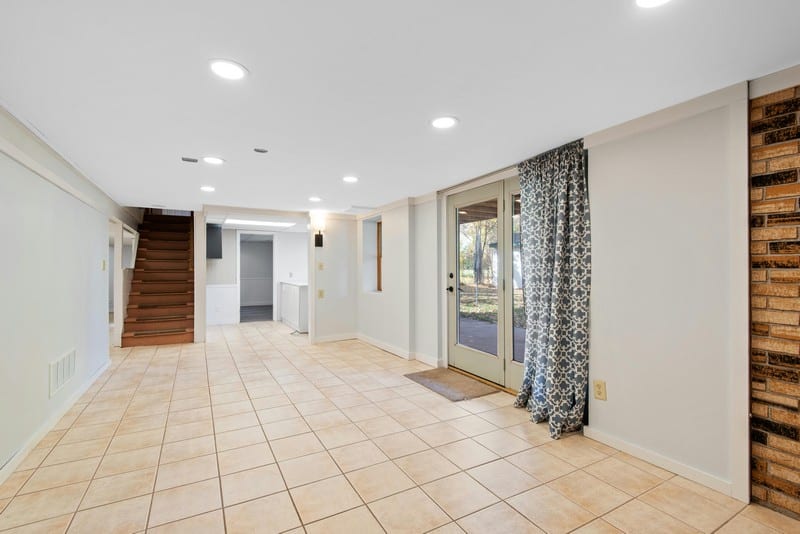
When your family starts to grow, your home suddenly feels a little less spacious. Toys take over the living room, mornings turn into a rush with only one bathroom, and there never seems to be enough storage. If that sounds familiar, you’re not alone. Most families hit a point where their home just isn’t set up for how they actually live.
The good news? You don’t need to move to make life easier. With a few well-thought-out upgrades, you can turn your current space into something that works better for your family now-and years from now. Below are some of the best home upgrades that can help your home grow right along with you.
1. Add Usable Space Without Moving
One of the smartest ways to upgrade your home is to finish the basement. That extra square footage can make a big difference when your family needs more room to spread out.
Whether you need a quiet home office, a playroom, or a guest suite, the basement can do it all. It’s tucked away from the main living areas, which makes it ideal for activities that need space without constant interruptions.
Working with a trusted basement finishing company can help you turn that underused space into something your whole family will actually use. You’ll want to make sure the area is dry, insulated, and properly lit. Moisture-resistant flooring and well-placed lighting can transform a dark, cold basement into a cozy, comfortable extension of your home.
Some families choose to add a second living room or even a kitchenette and bathroom to turn the basement into a self-contained living space. It’s great for hosting visitors or giving teens their own hangout zone. Plus, it increases your home’s value.
2. Upgrade to a More Functional Kitchen
If your kitchen wasn’t built with a growing family in mind, now’s the time to make some changes. When everyone’s eating, cooking, or doing homework in the same space, functionality becomes just as important as style.
Start with layout. If your kitchen feels cramped, consider knocking down a non-load-bearing wall to open it up. An island with seating can give you extra prep space and a spot for quick breakfasts or after-school snacks.
Storage is also key. Install deeper drawers for pots and pans, and consider vertical pull-out cabinets for spices and pantry items. Open shelving can help keep essentials easy to grab, and durable countertops make cleanup easier when spills inevitably happen.
Simple upgrades like motion-sensor faucets or easy-to-clean backsplashes also go a long way when you’re juggling meals and messes.
3. Create a Dedicated Kids’ Zone
Having a space just for the kids can help keep the rest of your home feeling more organized. It doesn’t have to be huge-even a small nook or unused corner can work with the right setup.
Consider adding low shelving for books and toys, foldable tables for crafts, and washable wall paint to keep everything looking fresh. If you’re finishing a bonus room or attic, make sure it’s insulated and has proper airflow so it’s comfortable year-round.
This space can grow with your child. What starts as a playroom might eventually become a homework area or gaming setup. Having a spot that’s just for them helps kids feel like they have ownership over part of the house, too.
4. Build a Better Entryway or Mudroom
Mornings are chaotic in most households. Backpacks, jackets, shoes-it all ends up in a pile by the door if there’s no system in place. That’s why a well-planned entryway or mudroom can be a game-changer.
You don’t need a full remodel. A simple bench with storage underneath, wall hooks at kid height, and a few labeled bins can make a huge difference. You’ll spend less time searching for lost shoes and more time getting out the door on time.
Adding a small charging station or message board in this area also helps keep schedules and devices organized. Even if your home doesn’t have a large entry space, a few changes can bring order to the busiest part of your day.
5. Add a Second or Third Bathroom
Sharing one bathroom with multiple family members is rarely smooth. Adding another bathroom-even a small half-bath-can take a lot of pressure off your morning and bedtime routines.
Look for underused spaces: a large closet, space under the stairs, or a corner of the basement. Compact vanities and corner toilets are available to help maximize tight spots.
If you already have a second bathroom but it’s outdated or cramped, consider upgrading it with family-friendly features like double sinks or built-in storage. Choose finishes that are easy to clean and can handle frequent use. Little touches like soft-close drawers and handheld shower heads add comfort without driving up the cost.
6. Improve Storage in Every Room
The more your family grows, the more stuff you accumulate. That’s why it’s important to look for ways to increase storage without taking up more space.
Start with closets. Install double rods to hang more clothes, use over-the-door organizers, and add bins for seasonal items. Under-bed storage is perfect for off-season clothing or extra bedding.
In living rooms or family rooms, choose furniture with hidden storage-like ottomans or coffee tables with compartments. Built-in shelving can add style and function, especially in tight spaces like hallways or around doorways.
Small changes like drawer dividers, hooks behind doors, and slim storage carts can also go a long way in keeping your home clutter-free.
When your family starts to outgrow your space, it doesn’t mean you have to pack up and move. With the right upgrades, you can make your current home work better for everyone. Whether it’s finishing the basement, adding another bathroom, or creating a kids’ zone, each project helps create a more comfortable and organized home. Pick one that fits your needs right now, and go from there. Small changes can make a big difference when your home grows with you.

